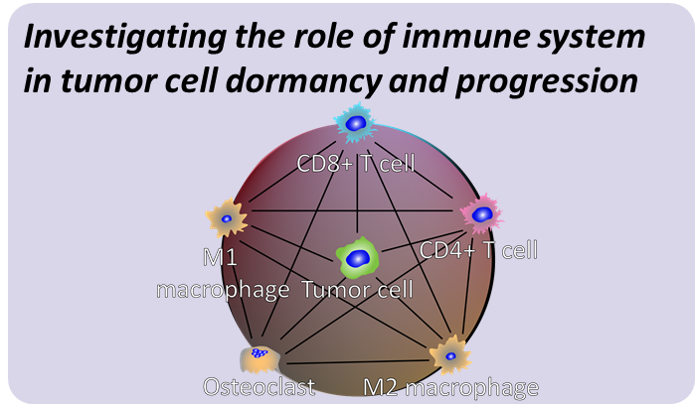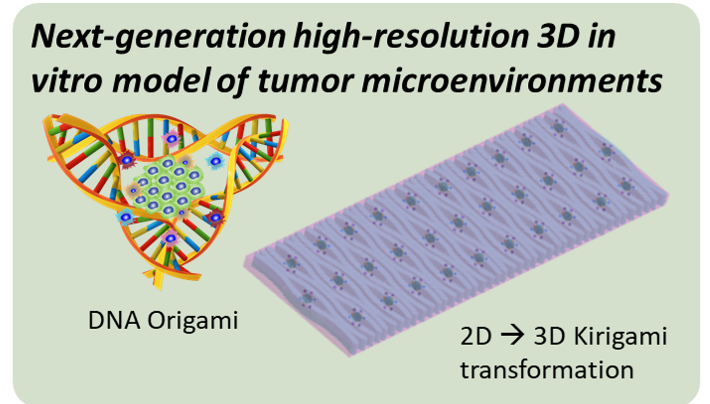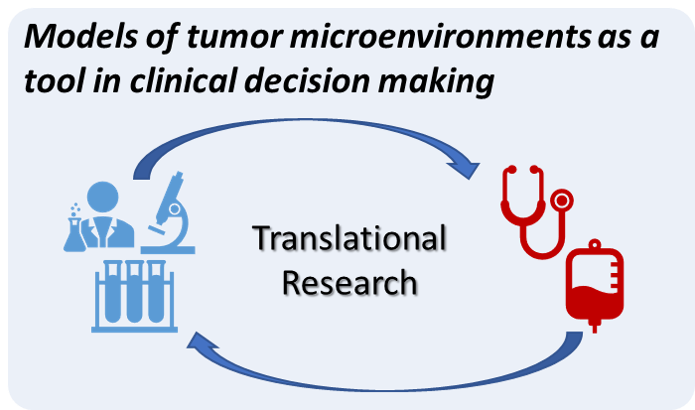-

Investigating the role of immune system in tumor cell dormancy and progression in the bone marrow microenvironment
Immune cells have been implicated as both supporters and suppressors of tumor cells, and the bone marrow microenvironment is home to many of these cell types. Given the importance of the immune system in dormancy, the hematopoietic cell niche, and current therapeutic strategies, it is crucial to incorporate immune components into models of the tumor microenvironment. Doing so would also address a shortcoming of many animal models, which are frequently immunocompromised. By taking a reductionist approach by building up different immune components, my lab can model different contributions of the various subpopulations to tumor cell progression and dormancy. Our in vitro microenvironment models can be further customized to include, and focus on, the contributions of different immune cell types, their polarization, and their differentiation as well as the interactions and feedback loops between these cell types.
-

Developing next-generation high-resolution 3D in vitro model of tumor microenvironments to enable high-throughput study and characterization
While 3D model organoid systems exist, they sacrifice the fine-tuned control enabled by 2D patterning approaches and microfluidics. We will apply multiple strategies to create spatially bespoke 3D models of the tumor microenvironment that can be constructed through a combination of patterning and assembly methods. The result will be a model that allows the precise positioning of different microenvironment cells within their ECM context while simultaneously enabling high-throughput fabrication and study.
-

Positioning in vitro models of tumor microenvironments as a tool in clinical decision making
While the rate of prostate cancer diagnosis has increased with the incorporation of prostate specific antigen (PSA) testing, determining how to manage disease with uncertain outcomes is a major clinical challenge. Additionally fewer than 10% of drugs that begin Phase I clinical trials make it to market, highlighting once again difficulties associated with unpredictability. The purpose of the aforementioned in vitro models is to reflect a biological system and with the goal of using insights from the model inform work in the biomedical setting, addressing the shortcomings in current models that lead to barriers to optimal disease management and bringing new therapeutics into the clinic. we will take translational steps in collaboration with clinicians and researchers working in drug discovery to take tools from the bench and enable improvements at the bedside.
